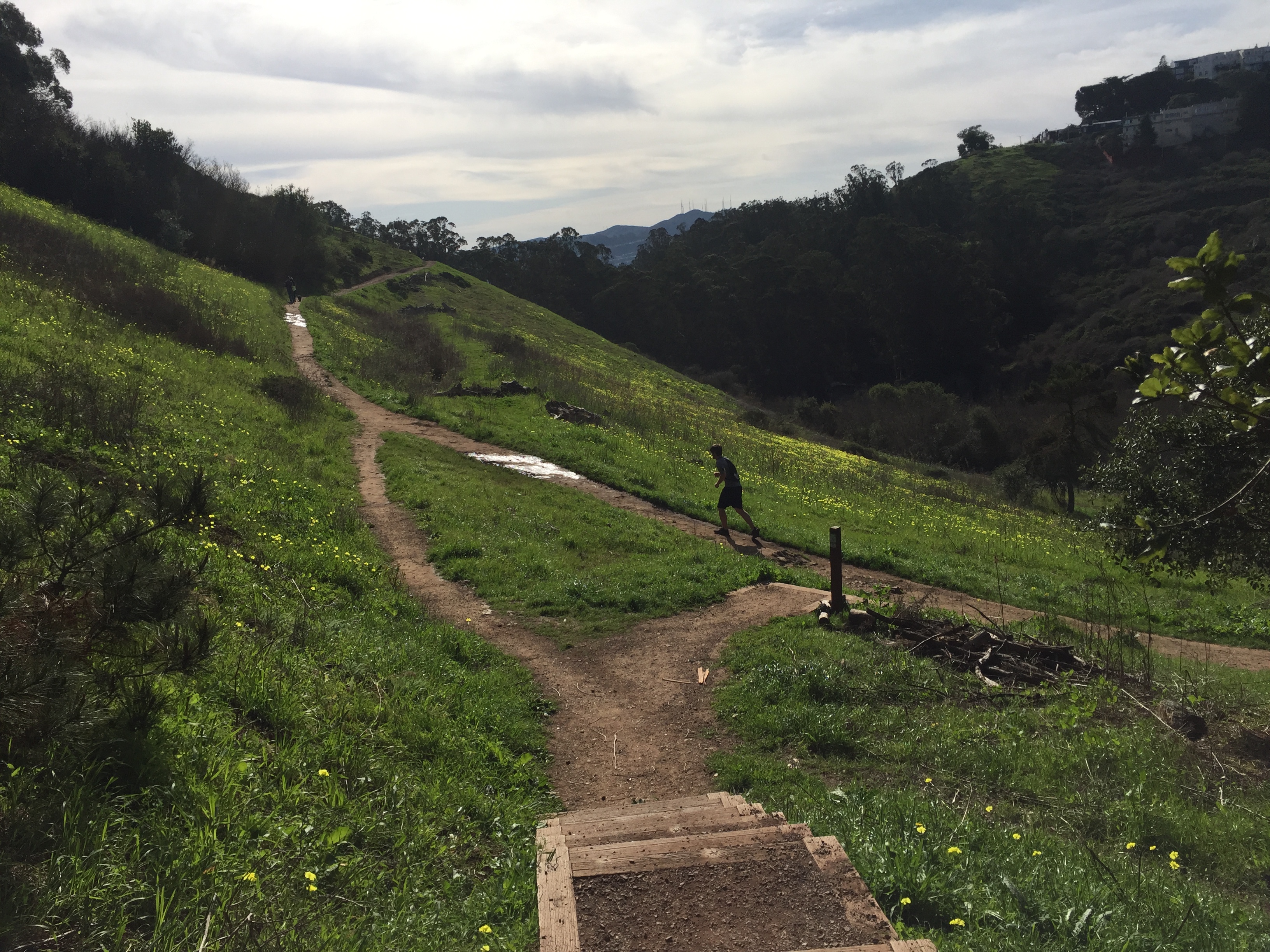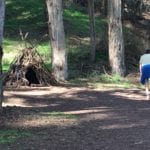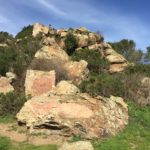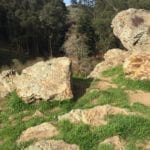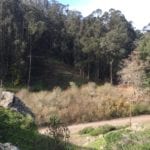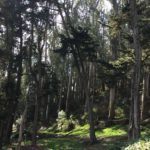Story and photos by Bonnee Waldstein
The long period of California drought, coupled with the recent wildfires in the north and south, are a reminder to Glen Park neighbors of the fragility of our environment.
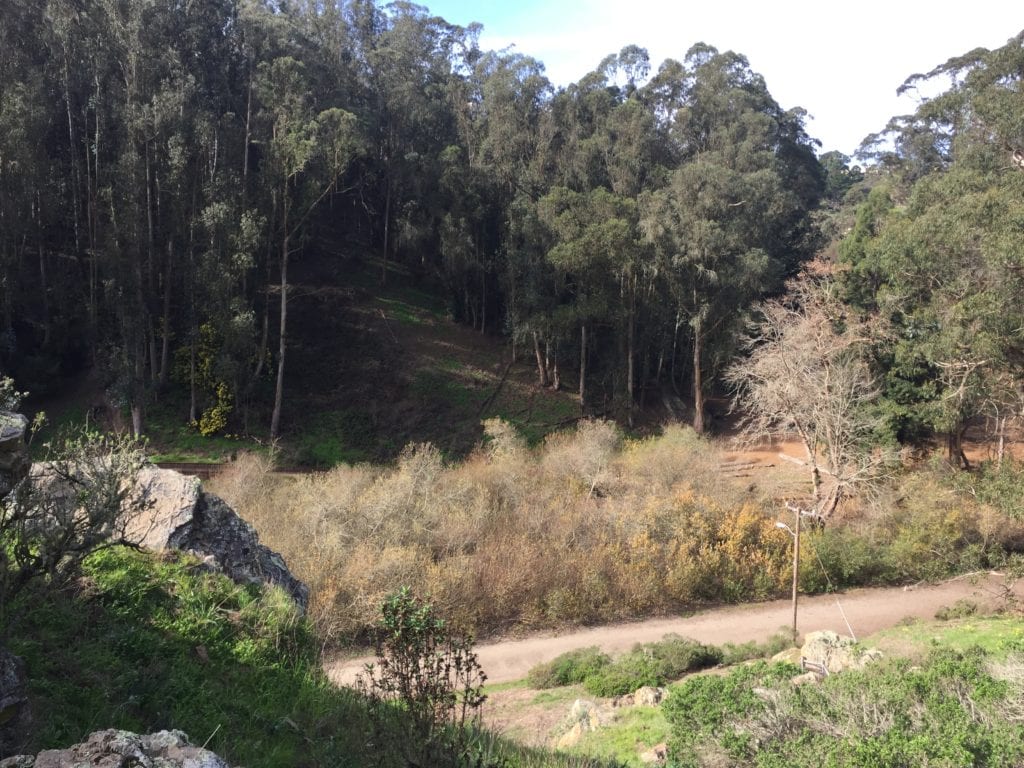
Residents, especially those whose homes are adjacent to the park, have been concerned about the possibility of a fire in Glen Canyon Park.
For years, neighbors have spoken about the areas of dense brush. Friends of Glen Canyon Park have fought the battle against it for years, with work gloves and hand tools. Folks have also traded stories about teens using the fire pits near Glenridge Nursery School/Silvertree Day Camp, and sightings of homeless people camped out in the park.
At the quarterly meeting of the Glen Park Association on January 24, people had the chance to discuss all these issues with Battalion Chief Jack Crements. A little bit about the organization of the SF fire department: The City is divided by areas into nine batallions. Glen Park is part of Batallion 6, which includes our local fire station, Engine 26, on Digby Street at Addison Street, and four other fire stations. Battalion 6, is located on 26th and Church Streets.
The department has an incident action plan, only shared internally, which is continually updated. Every year in early summer, engine companies that would be responding to a one- or two-alarm fire, assemble in Glen Canyon Park. Engines and trucks arrive, and the firefighters get into wildland gear. For three days, the companies walk through the canyon and discuss different fire response options. It’s a great refresher course, said Crements. These tours are not announced in advance to the public.
The intensity of a fire in any locality determines the response. Crements noted that there are a large number of engine companies; in our battalion each one, from Ocean Avenue to Folsom Street, has to be familiar with the entire territory. There is plenty of manpower and response time is quick, he assured the group.
In the park, the new Rec Center is very safe and secure. There also haven’t been many fire incidents lately. The most common occurrences are students from the two nearby high schools (Ruth Asawa School of the Arts and The Academy at McAteer) hanging out around the fire pits. People walking their dogs have seen young people carrying armloads of firewood and beer and homeless people cooking. Any fire must have a permit. If anyone sees any fire, they should call Engine 26 to check it out.
In contrast, the fire pits at Pine Lake are covered and locked. No fires are allowed. If the community wants similar action, they need to speak with a strong voice to Rec and Park.
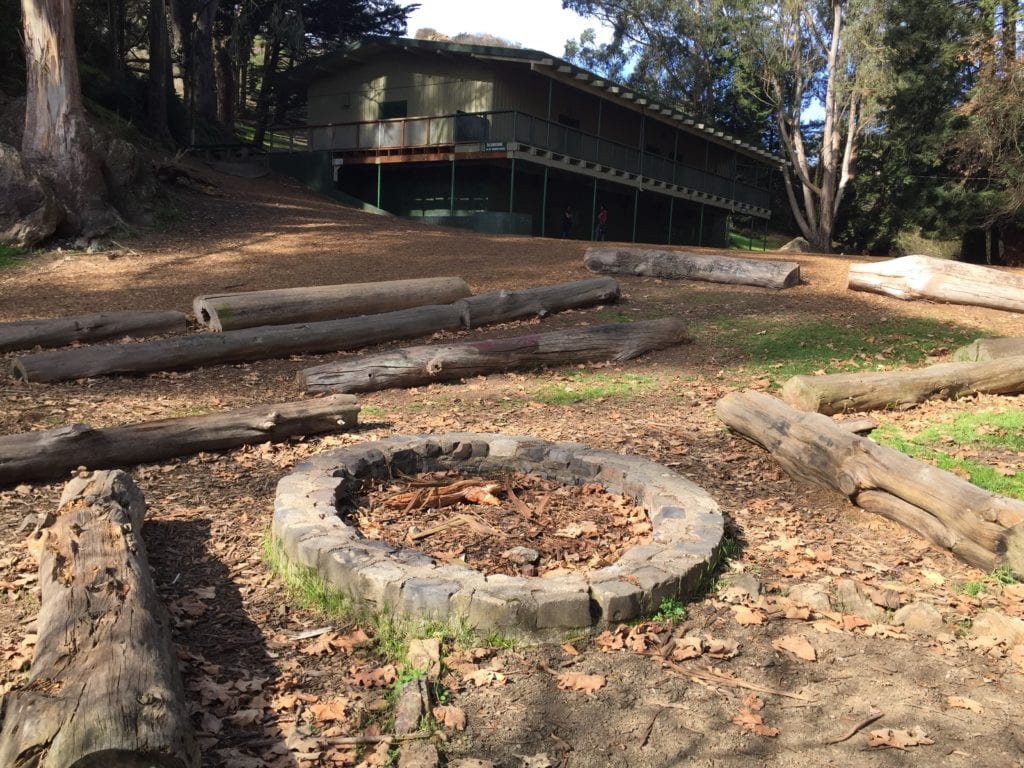
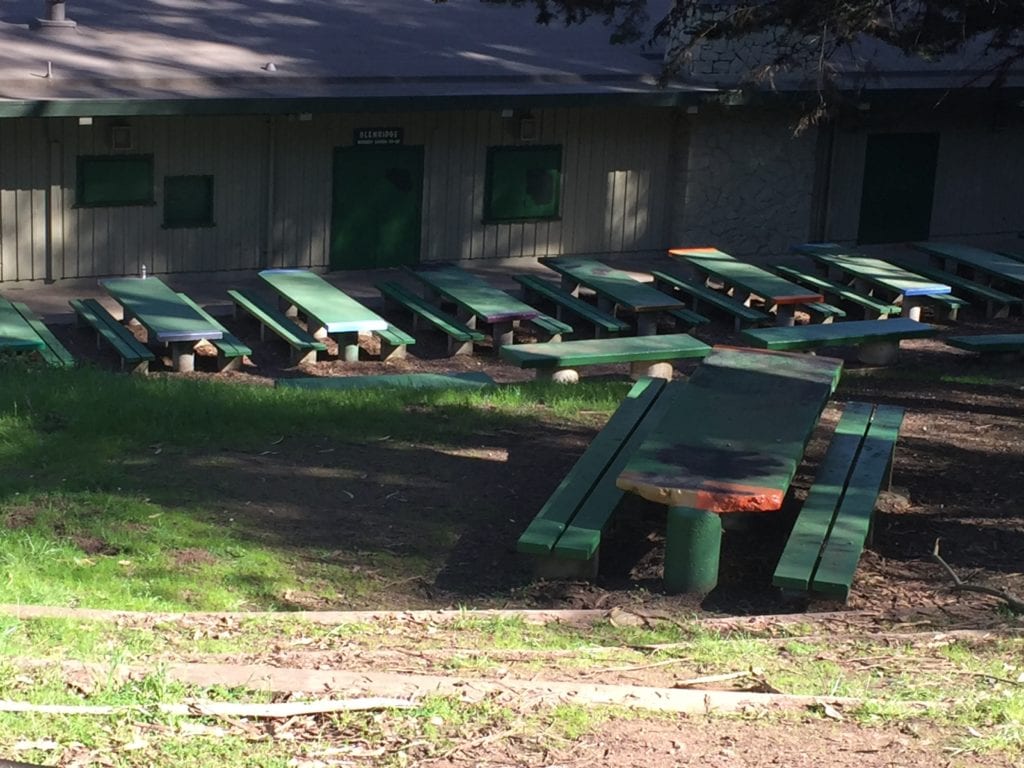
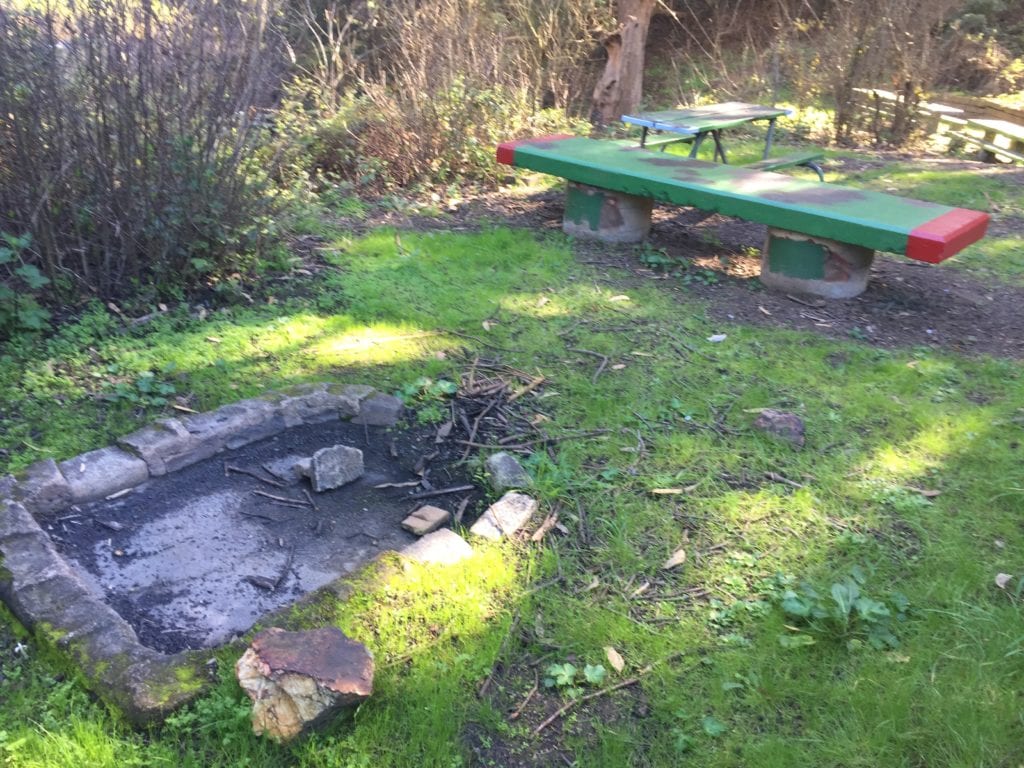
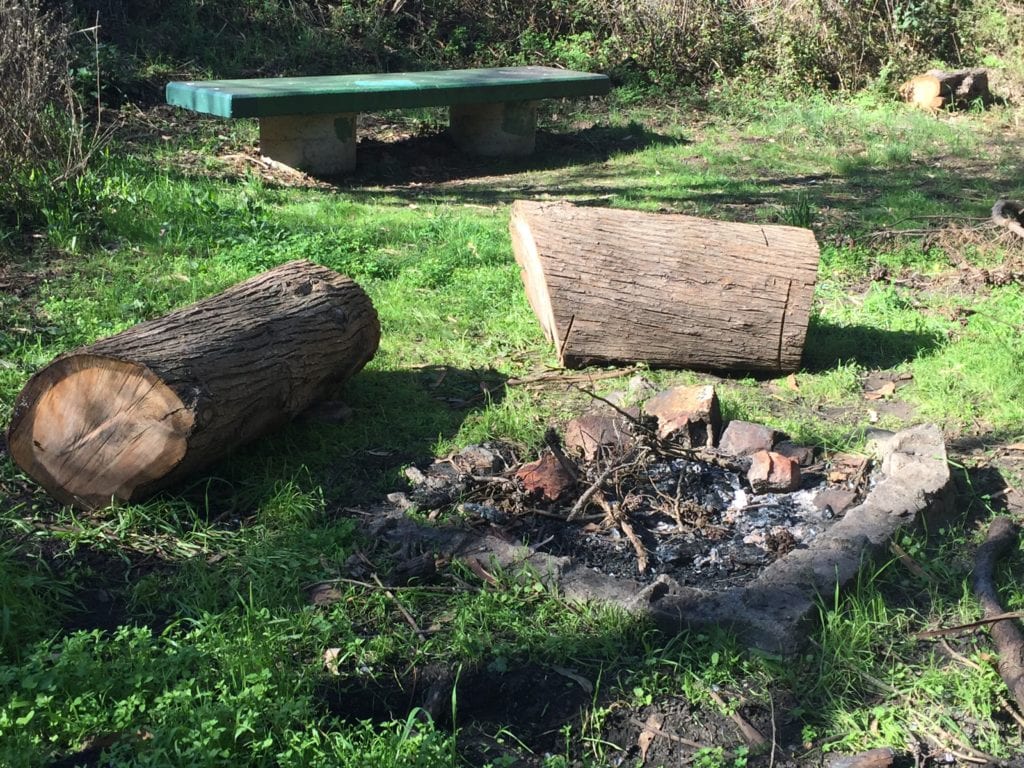
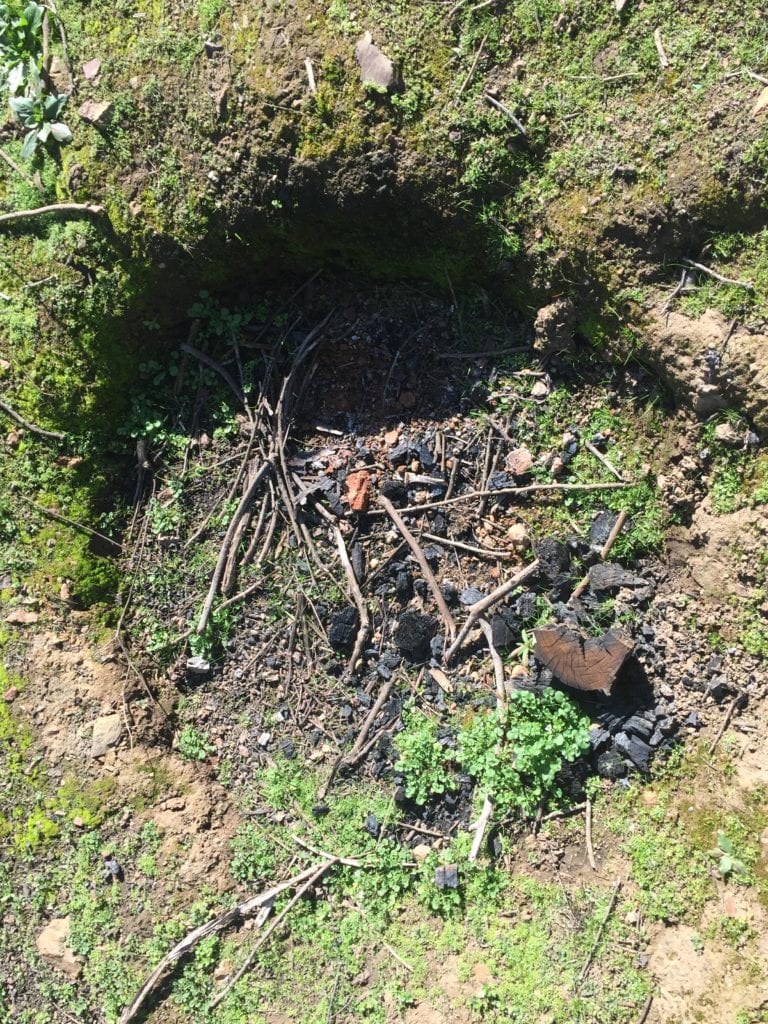

There are a number of issues that the fire department is concerned about. The main one is evacuation of the nursery school and day camp. In the event of fire, the first responders would go straight to the children. The second or third companies would deal with the fire.
Secondly, the homes along the ridge adjacent to the park need to take precautions. There should be at least a thirty-foot clearance of trees around a property. This is the safety zone established by Cal Fire for wild/urban interface areas. If residents want brush cleared within that established standard safety zone, especially after a rainy season — again — they need to work with Rec and Park. “You might not think you’re a big group, but you are. The more you stay on it and address them to make them responsible, you will get a response.”
In the Wine Country fires, embers traveled for miles and greatly increased the scope and severity of the fires. Crements said that this was a rarity of a “perfect” situation, with the dry condtions and 80 mph winds. “It can happen anywhere, but the likelihood is not high.”
Trash should be disposed of and not be allowed accumulate around the property.
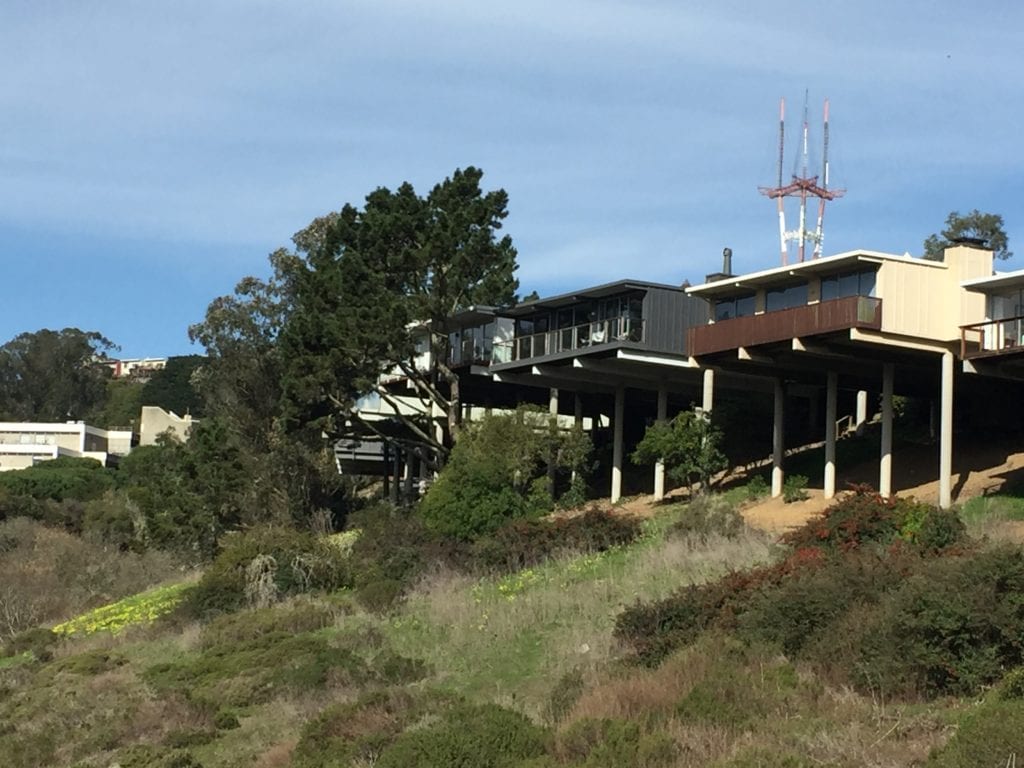

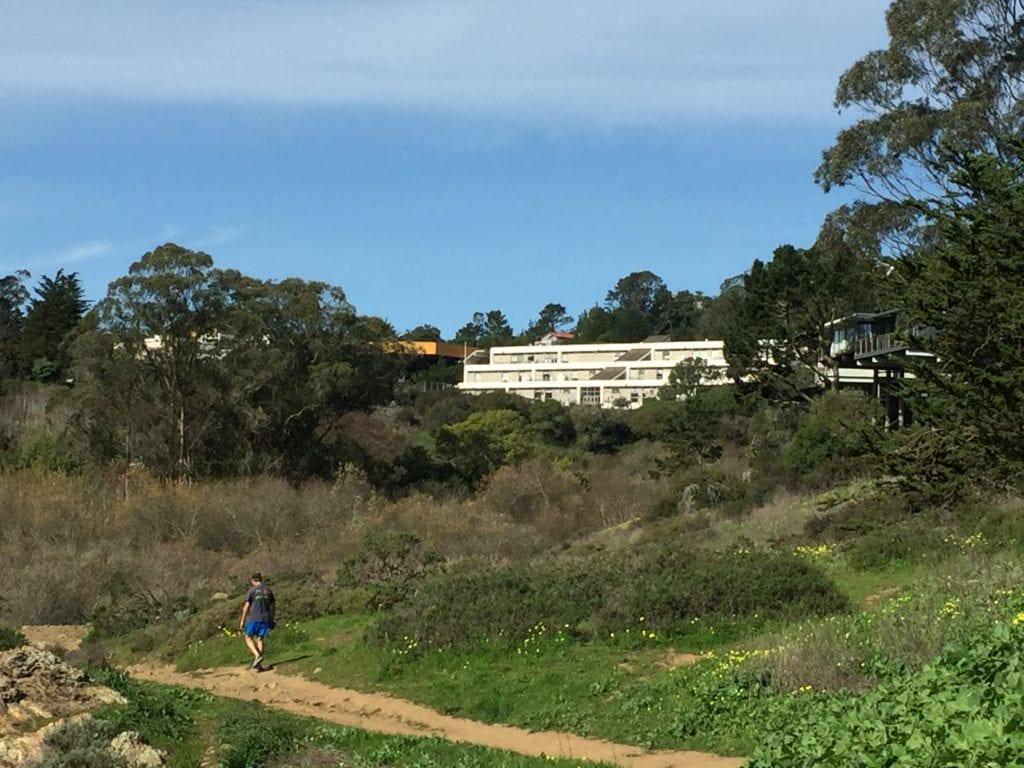
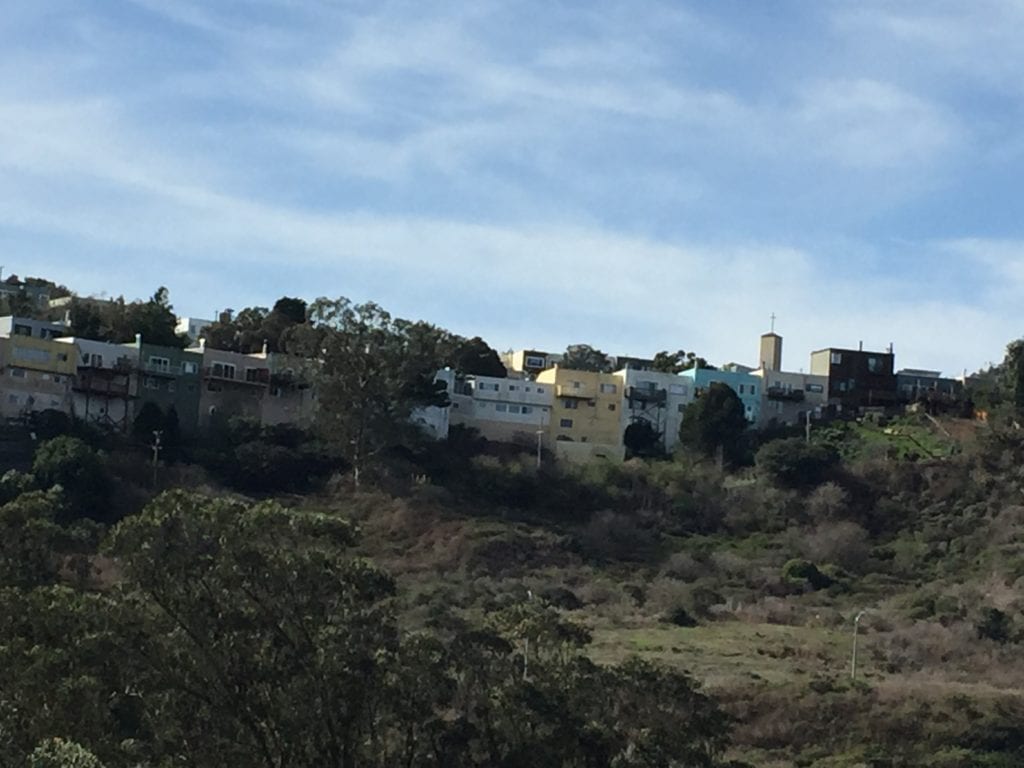
In the event of a fire spreading widely in the park, Chief Crements said that, while that could happen, the department would be able to stop it. Though not a large concern, eucalyptus trees can explode during a fire.
Another potential problem is the water supply. There is only one fire hydrant near Silver Tree; there’s another on Bosworth Street and a third on Elk Street. The O’Shaughnessy/Malta area is short on water. Gold Mine Drive has plenty.
A fire engine carries 500 gallons of water and 1200 feet of hose. To get into tight spaces to fight small fires, they use mini-pumpers. Large fires are put out by having other fires meet and extinguish each other. A fire truck is used for manpower and carries the ladders, jaws, and emergency tools
Someone asked about the possibility of using water from Islais Creek right there in the park. Crements said that it isn’t a reliable supply and would contain too many rocks and debris to use.
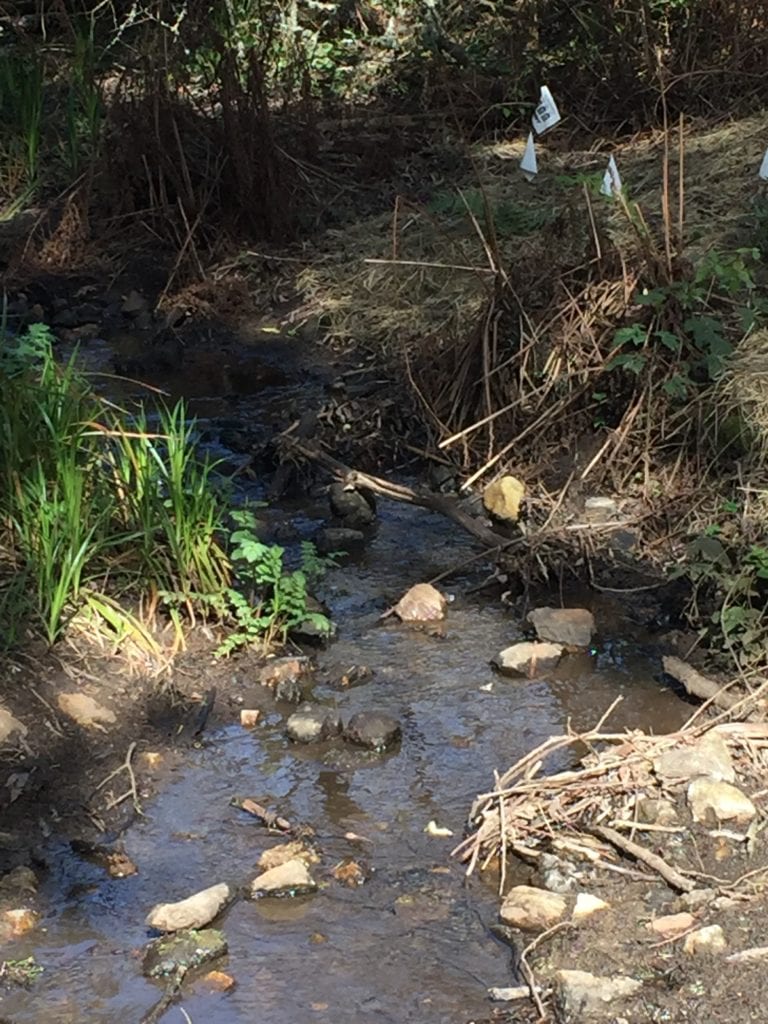
There are also cisterns with ample water in the Glen Park neighborhood. “We know where our water sources are,” said Crements. “Even if the hydrants break down, we have hose tenders throughout the City.”
Chief Crements was asked about the drive to green Glen Park by adding street trees. Does that goal conflict with the danger of fire? No, he replied, as long as the trees are kept healthy and trimmed.
While there seems to be no cause for panic, it will take the ongoing efforts of Rec and Park, the fire department, and the determination of the people of Glen Park to keep the canyon as safe as possible.
